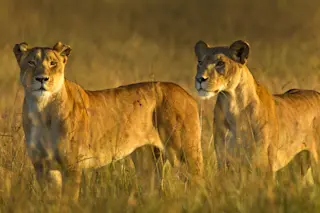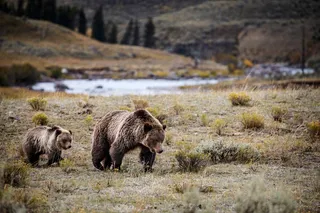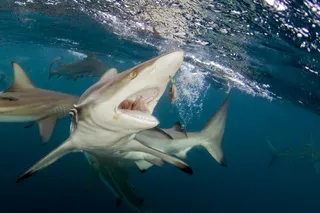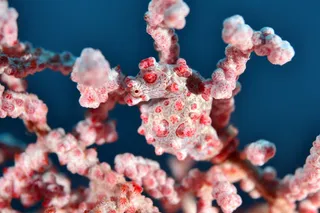There’s something amiss with The Lion King — aside from talking, singing animals. Disney’s smash hit of stage and screen tells the tale of young male lion Simba’s rise to power. But, in the real circle of life, lionesses lead.
Related females band together for life, as the primary hunters and warriors. Transient males join to mate but contribute little else to a pride’s success.
The lion queens, however, are an exception. Among mammal species that live in social groups, only about 10 percent have strong female leaders. They include another fierce predator, killer whales, as well as bonobos, famous for their peaceful promiscuity.
Humans, on the other hand, are part of the mammal majority: Our leaders are mostly male. Less than 7 percent of Fortune 500 CEOs are female. Worldwide, fewer than two dozen women are heads of state or government, including Germany’s Angela Merkel and New Zealand’s Jacinda ...















